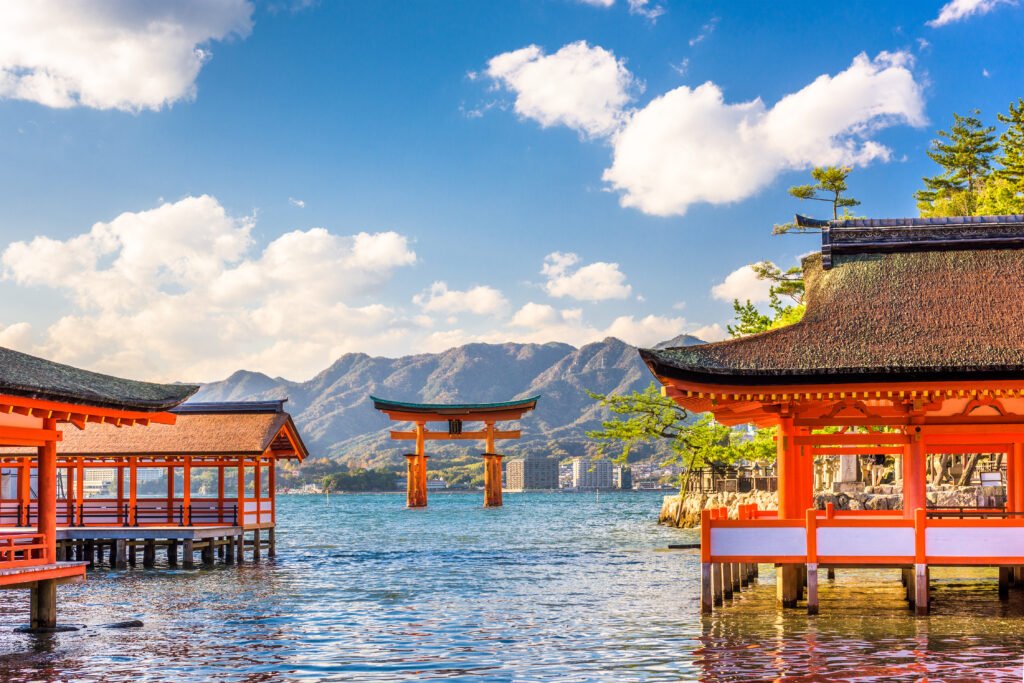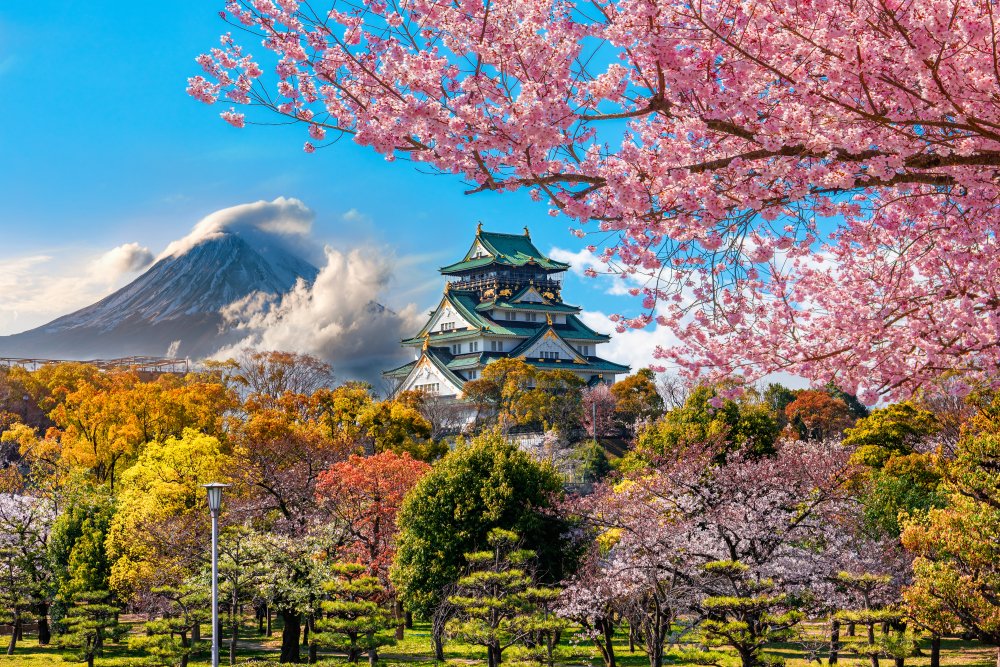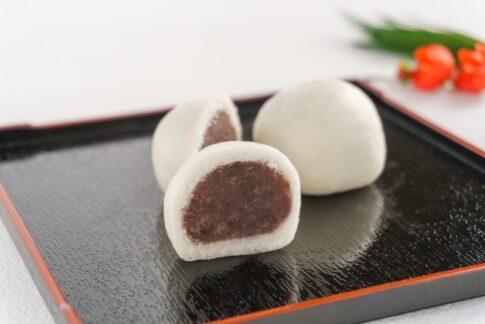Japan is a country where the old traditions and historic culture coexist with a unique, creative, and one-of-a-kind culture.
It is said that Japan is one of the countries that people worldwide wants to visit someday.
On the other hand, when explicitly asked,
“Where do you want to go in Japan?”
There are probably not many people who can answer that question.
Of course, there is no correct answer for travel, as everyone has his or her way of traveling, depending on his or her preferences.
There are many ways to enjoy your trip.
For example
- Sightseeing in a city where the latest technology and trends come together
- Touring historical buildings in a lush green environment
- Spending time in the countryside surrounded by fields and rice paddies
- Interacting with animals
- Swimming in the ocean
In this article, we introduce 10 major cities in Japan that we recommend to foreign visitors to Japan.
If you are Japanese, please try to think of the best cities to recommend to foreigners in Japan.
Main towns
Contents
Okinawa (沖縄)

Characteristics
Island, Sea, Resort
Places of Interest
- Churaumi Aquarium
- Saiba Utaki
- National Okinawa Memorial Park
- Shurijo Castle
- Okinawa Peace Memorial Hall
- Tamatorizaki Observatory
- Beautiful beaches
Specialties
Bitter melon stir-fry, sea grapes, Okinawa soba noodles, seekwasa (Okinawan lemon juice)
Explain
Okinawa is the southernmost prefecture in Japan and consists of 160 islands.
It is characterized by a subtropical climate and is home to many rare plants and animals.
White sandy beaches, clear blue ocean, and colorful fish. You can enjoy snorkeling and scuba diving while you are in Okinawa.
The islands are also known by their ancient name of Ryukyu. And, they still have a unique culture and offer a glimpse into a different side of traditional Japanese culture.
Hiroshima (広島)

Characteristics
Architectural symbols of history and peace
Places of Interest
- Hiroshima Peace Memorial Park
- Hiroshima Castle
- Shukkeien Garden
- Hiroshima World Peace Memorial Cathedral
- Hiroshima Gokoku Shrine
- Hiroshima Buddhist Stupa
Specialties
Oysters, Hiroshima-style okonomiyaki, Hiroshima tsukemen noodles, momiji manju buns
Explain
Hiroshima was the site of the world’s first atomic bombing in 1945. The Makurazaki typhoon that hit the city shortly thereafter also caused extensive damage.
Overcoming these tragedies, Hiroshima has become what it is today.
The ruined city and destroyed buildings were later rebuilt and newly constructed, and in 1949, the Japanese Diet declared Hiroshima a “Peace Memorial City.
Hiroshima Peace Memorial Park has become a symbol of the reconstructed city, and there are numerous other facilities dedicated to peace and cooperation.
There are many places to visit, including Itsukushima Shrine with its impressive torii gate floating on the water, Hiroshima Castle, and Shukkeien Garden.
Kobe (神戸)

Characteristics
Beautiful seaside views, steaks
Places of Interest
- Kobe Harborland
- Meriken Park
- Nada Sake Brewery
- Arima Hot Springs
- Mt. Rokko
- Great Hanshin-Awaji Earthquake Memorial Hall
Specialties
Kobe beef, Akashiyaki, octopus rice, sake
Explain
Kobe is a port city located west of Osaka.
It was one of the first cities to open its doors to foreign trade when Japan’s isolationist policy was abolished.
The name “Kobe” is known around the world as a synonym for the high-quality meat produced in Kobe, and former NBA superstar Kobe Bryant is said to have been named after Kobe beef.
Furthermore, Kobe borders Mt. Rokko, a popular hiking spot, and Arima Onsen, one of the oldest hot springs in Japan.
Kobe and Nada are known as one of the best sake brewing areas in Japan, and although it was one of the areas hit by the Great Hanshin-Awaji Earthquake in 1995, the city has since recovered.
If you visit Kobe, you can look back on those days at the Great Hanshin-Awaji Earthquake Memorial Museum.
Osaka (大阪)

Characteristics
A city full of vitality and charm
Places of Interest
- Dotonbori
- Osaka Castle
- Osaka Kaiyukan
- Universal Studios Japan
- Hanging Garden Observatory
- Sumiyoshi Taisha Shrine
Specialties
takoyaki, okonomiyaki, yakiniku, kitsune udon, taiko buns
Explain
Osaka is the largest city in the Kansai region and the second largest city in Japan.
It is a city of flamboyant, vibrant, and friendly people.
Osaka is also known as a place to enjoy traditional Japanese cultures such as Osaka Castle, Sumiyoshi Taisha Shrine, and Bunraku puppet theater.
Nara (奈良)

Characteristics
Culture blended with nature
Places of Interest
- Historic sites of the ancient capital of Nara
- Todaiji Temple and the Great Buddha
- Kasuga Taisha Shrine
- Nara Park
- Yoshino cherry blossom viewing spots
- Nara National Museum
Specialties
Nara pickles, persimmon dishes, Nara chahan, yomogi rice cakes
Explain
Nara was the first capital of Japan.
It is known as a treasure house of traditional culture as well as a place where visitors can enjoy the beauty of nature.
Designated as a UNESCO World Heritage Site “Cultural Assets of Ancient Nara,” Nara is home to numerous historical spots, including the Heijo Palace Site and the Kasuga Mountain Primeval Forest.
Particularly famous, especially among foreign tourists, are the deer in Nara Park. It is said to be based on the ancient Shinto belief that deer are messengers of the gods.
A visit to Nara Park, where hundreds of deer live, and feeding them with “Shika senbei” (deer crackers) is a perfect addition to a great trip.
If you are lucky, the deer may even express their gratitude by bowing to you.
Kyoto (京都)

Characteristics
Traditional culture
Places of Interes
- Fushimi Inari-Taisha Shrine
- Kiyomizu Temple
- Kinkakuji Temple
- Ryoanji Temple
- Gion
- Kyoto National Museum
Specialties
Kaiseki cuisine, yuba (bean curd), vegetarian cuisine, yatsuhashi
Explain
Kyoto, the capital of Japan for more than 1,000 years, is the perfect place to experience traditional Japanese culture.
There are approximately 2,000 temples and shrines in the city, including Kinkakuji Temple, Ryoanji Temple known for its Zen stone garden, and Fushimi Inari Taisha Shrine with its 5,000 bright red torii gates.
One of the most talked-about areas in Kyoto is the geisha district in Gion.
Geigus and maiko are notoriously hard to spot, but if you are lucky, you may run into a kimono-clad beauty walking the streets!
Art and history lovers should not miss the Kyoto National Museum, which houses over 230 national treasures and important cultural properties.
Nagoya (名古屋)

Characteristics
Transportation, Technology
Places of Interest
- Nagoya Castle
- JR Central Towers
- Toyota Museum
- Toyota Commemorative Museum of Industry and Technology
- Linear Railroad Museum
- Asahi Beer Factory
- Nagoya City Science Museum
- Osu Kannon
- World Cosplay Summit
Specialties
Miso pork cutlet, chicken wings, kishimen noodles, tenmusu
Explain
Nagoya is the center of Japan’s an automobile and aviation industries, and a technological city with a rapidly growing robotics industry.
A visit to the City Science Museum, the Linear Railroad Museum, the Toyota Museum, and the Toyota Commemorative Museum of Industry and Technology will give you a glimpse of Nagoya as a technological city.
In recent years, Nagoya has also become known as the site of the World Cosplay Summit, where cosplayers from 20 countries around the world compete against each other in a cosplay parade.
Yokohama (横浜)

Characteristics
Port city
Places of Interest
- Yokohama Brick Warehouse
- Yokohama Landmark Tower
- Marine Tower, Yokohama Chinatown
- Port of Yokohama
- Nippon Maru Memorial Park
- Yokohama Museum of Art
- Cosmo Clock
- Ramen Museum
- Minato Mirai
Specialties
Beef hot pot, Sanma Men (Yokohama Ramen), Spaghetti Neapolitan, Chinese food
Explain
Yokohama is a port city located south of Tokyo on the west coast of the scenic Tokyo Bay facing the Pacific Ocean, known as the first port officially opened in Japan in 1859.
It is no exaggeration to say that the influence of the international community shaped the Yokohama of today.
Kanagawa Prefecture is the second most populous prefecture in Japan after Tokyo.
Visitors to Yokohama can enjoy the harbor views from water buses and giant Ferris wheels, as well as sightseeing and shopping at art galleries and museums.
Tokyo (東京)

Characteristics
The excitement of a big city, state-of-the-art technology, and cutting-edge trend spots
Places of Interest
- Tokyo Tower
- Tokyo Sky Tree
- Shibuya Scramble Crossing
- Sensoji Temple
- Meiji Shrine
- Ryogoku Kokugikan (Sumo wrestling stadium)
- Anime, manga, game-related spots, and “kawaii” spots.
Specialties
Monja-yaki, Ningyo-yaki, Kintaro candy
Explain
Tokyo is the most famous city in Japan. The central area of Tokyo consists of 23 wards and has a population of more than 35 million people.
Shibuya is also home to the “Scramble Crossing,” the busiest intersection in the world, with approximately 3,000 people passing through it at a single green light, and as many as 500,000 people passing through it in a single day.
In addition, Shinjuku Station is said to be the world’s busiest train station, with 3.4 million people using it each day.
Akihabara, the center of otaku culture, is home to many specialized game, anime, and manga stores, as well as Japan’s largest electronics town with a wide variety of electrical appliances of all sizes.
While Tokyo is known around the world as a trendsetter in fashion and “kawaii” culture, it also has a strong historical and traditional culture, with many festivals held at shrines and temples throughout the year, making it a very interesting city where modern and traditional cultures coexist.
Sapporo (札幌)

Characteristics
Winter and snow, cold climate, fresh seafood, rich agricultural products, and high-quality dairy products
Places of Interest
- Sapporo Snow Festival
- Sapporo Beer Museum
- Shiroi Koibito Park (cookie factory)
- Sapporo Factory (shopping and entertainment complex)
- Seafood market
Specialties
Kaisendon (seafood rice bowl), soup curry, Genghis Khan, miso ramen, soft-serve ice cream
Explain
Sapporo City in Hokkaido, Japan’s northernmost prefecture, is known for its cold climate, making it an ideal place for those who want to enjoy winter.
It is also the site of the world-famous Sapporo Snow Festival, which is held in February and attracts about 2 million visitors each year to see the many magnificent ice and snow statues on display.
Sapporo is also a popular destination for visitors to the Sapporo Olympic Museum, where memorabilia from the 1972 Winter Olympics are on display, and for skiers and snowboarders at ski resorts.
Hokkaido is also known for its abundance of seafood, and we highly recommend that visitors to Sapporo indulge in a variety of delicious seafood.
Where would you choose to go?
Have you found a city that interests you?
Whether you visit a modern, trendy town or a town rich in historical atmosphere, we assure you that you will find a Japan you have never known.
If you know a foreigner who would like to visit Japan, please tell him or her.













